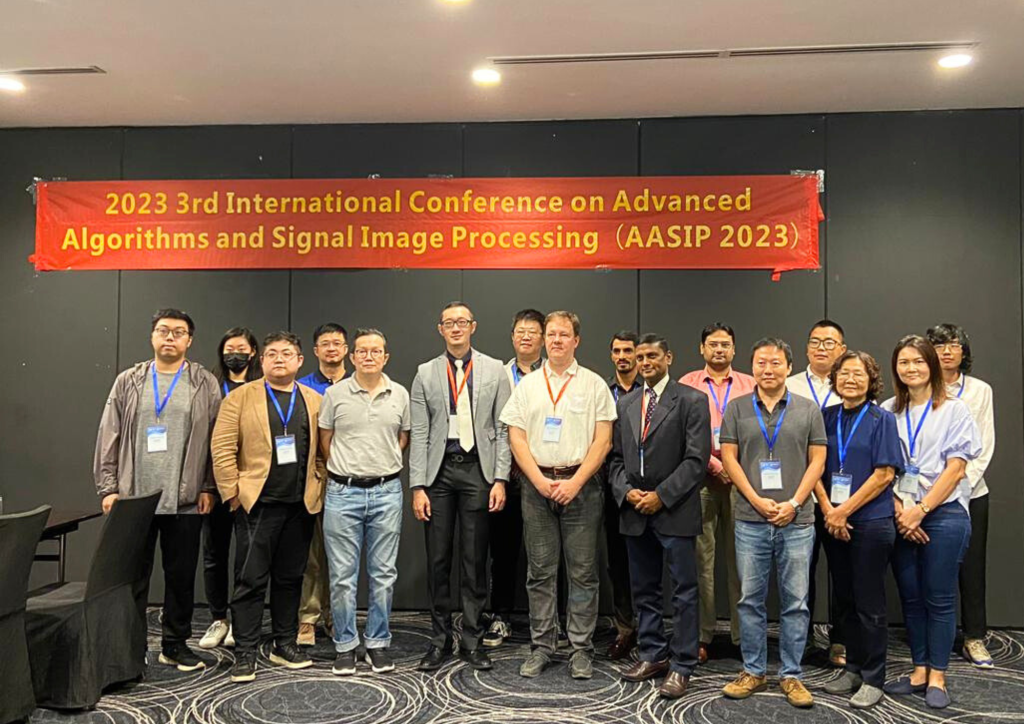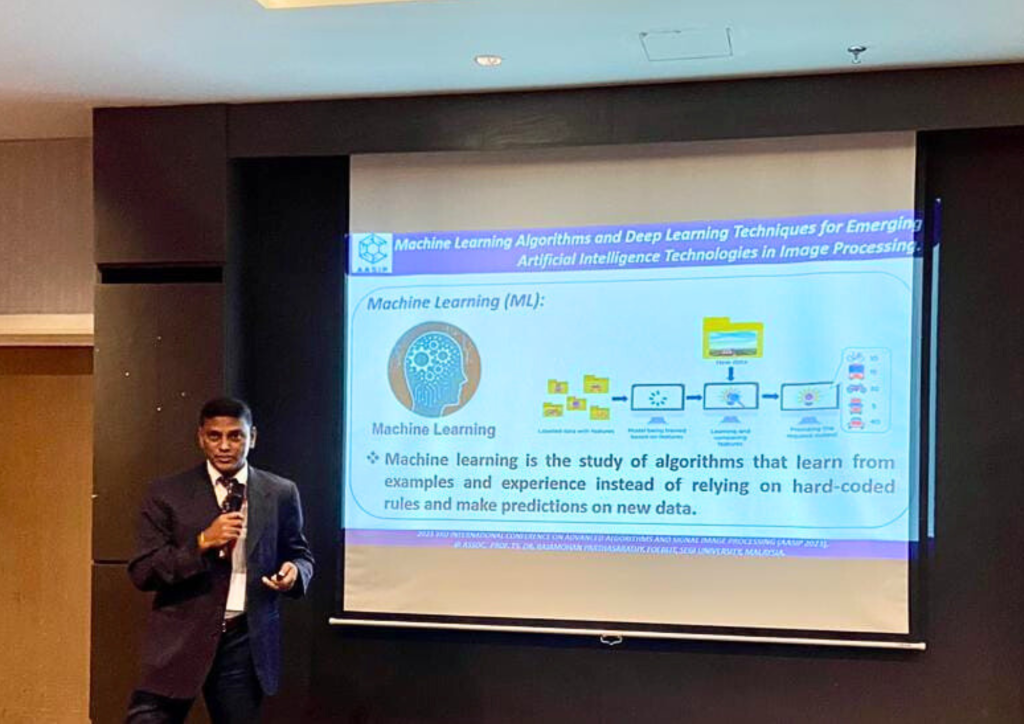人工智能(AI)是技术领域的创新灯塔,推动着曾经被认为遥不可及的进步。人工智能的核心是计算机执行传统上与智能生物相关任务的能力。在这个庞大的领域中,有两个不可或缺的组成部分:机器学习(ML)和深度学习(DL)。
了解基础知识:人工智能、ML 和 DL
人工智能体现了计算机模拟智能行为的能力,如学习、推理和解决问题。机器学习(Machine Learning)是人工智能的一个分支,其重点是开发能让系统从经验中学习和改进的算法。与明确定义规则的传统编程不同,机器学习算法依靠数据做出明智的决策和预测。
深度学习则是 ML 范式中的一个专门分支。它通过层层递进的有意义抽象来学习数据表示。这些神经网络受人脑结构的启发,擅长图像和语音识别、自然语言处理等任务。

解密深度学习:剖析深度神经网络
深度学习的核心在于深度神经网络的架构。这些网络由相互连接的层组成,每个层都有助于从原始数据中提取复杂的特征。典型的深度神经网络包括
输入层 接收数据输入。
规范化层: 将输入数据调整到适当的范围。
卷积层 应用滤波器检测输入中的特征。
隐藏的层次 提取分层表示的连续层。
输出层: 根据学习到的表征生成最终输出。
图像处理: 揭开数字画布的神秘面纱
作为视觉信息的数字表示,图像是从医疗诊断到自动驾驶汽车等众多应用的基石。要利用视觉数据的力量,了解图像处理的基本原理势在必行。
在 2023 年 3rd 本文探讨了人工智能与图像处理的融合,揭示了该领域的进步和可能性。

图像处理的基本步骤
图像处理包括一系列增强、分析和解释视觉数据的操作。主要步骤包括
图像采集: 从硬件源检索图像
图像增强: 在图像中突出显示感兴趣的特征。
图像修复: 提高劣质图像的质量。
彩色图像处理: 为分析和可视化操作色彩信息。
细分: 将图像划分为有意义的区域
认可: 为图像中的对象指定标签或分类。
图像处理在现实世界中的应用
图像处理的影响遍及各个领域:
医学图像检索: 促进早期疾病检测和治疗规划。
交通传感技术: 通过视频分析实现高效交通管理
面部检测 增强安全系统、生物识别和社交媒体应用的能力。
图像重建 恢复和增强受损或损坏的图像。
优势与前景
图像处理的好处不仅限于可视化:
强化口译: 为人类和机器解读改进图像。
数据提取: 从可视化数据中提取有价值的见解和信息。
多功能操纵: 为各种应用操作图像属性
无缝传输: 促进跨平台的图像电子传输。
当我们穿越人工智能、机器学习和深度学习的领域时,我们开启了创新和发现的新领域。图像处理是技术变革力量的证明,它在原始数据和可操作的洞察力之间架起了桥梁。随着我们踏上探索之旅,人工智能与图像处理的融合有望重塑行业,重新定义可能性,并以前所未有的方式赋予人类力量。

作者简介
ASSOC.Ts.博士RAJAMOHAN PARTHASARATH
网络安全与物联网中心副教授兼首席协调员、
世纪大学工程、建筑环境与资讯科技系
拉贾莫汉副教授Rajamohan 博士是一位受人尊敬的学者和研究员,专门研究计算机网络、安全和人工智能。他拥有物理学学士学位和高级学位,包括计算机应用硕士(MCA)、计算机科学工程技术硕士(MTech-Computer Science Engineering)和计算机科学博士学位。他的研究兴趣涵盖多个领域,包括网络安全、虚拟专用网络实施和云计算安全。他的贡献得到了认可,拥有特许工程师(C.Eng.)等专业头衔和著名机构的研究员会员资格。他拥有超过 28 年的学术经验和 2 年的行业经验,指导研究学者并在著名期刊上发表了 64 篇文章。此外,他还担任八份国际期刊的编辑/审稿人,为学术界做出了重大贡献。

